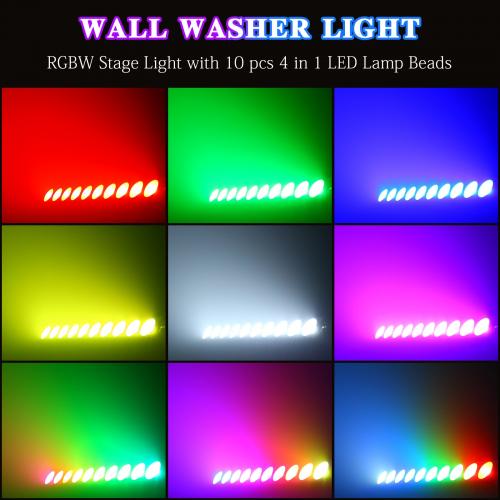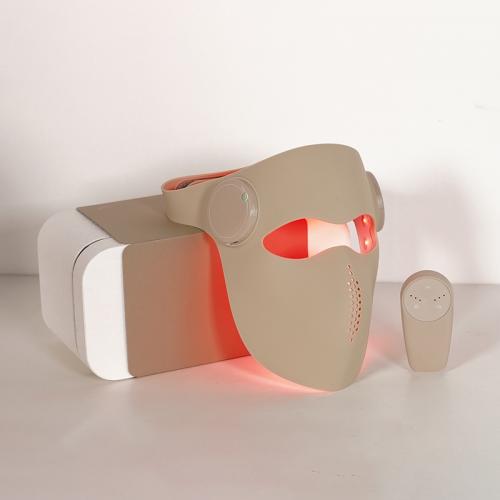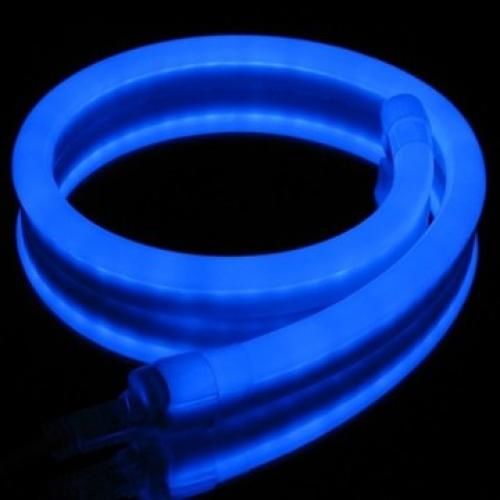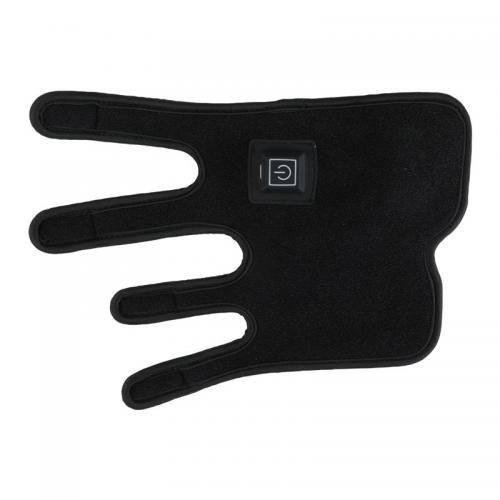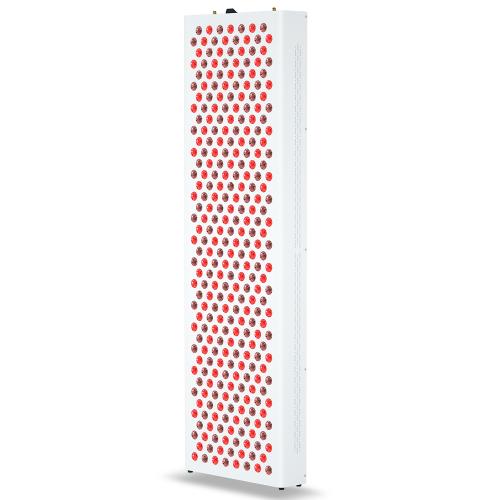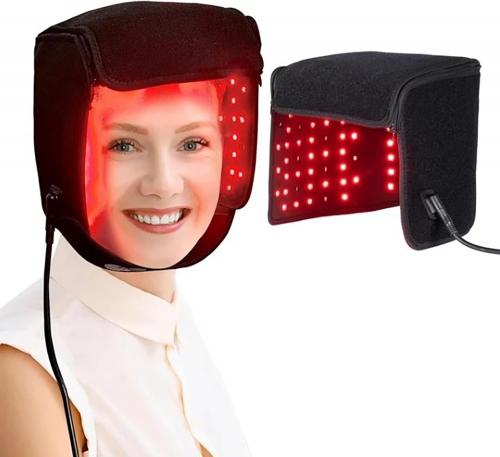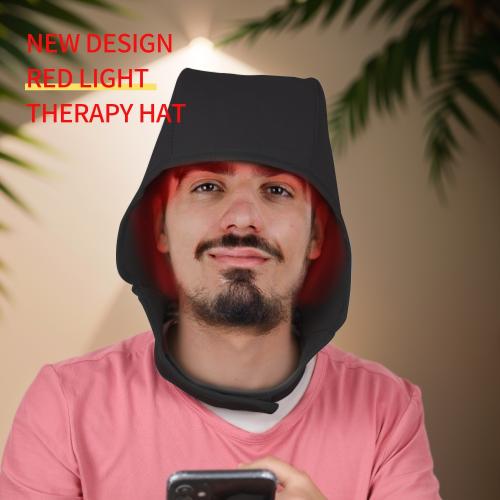What is the best time to do red light therapy?

Red light therapy, a non-invasive treatment that uses low-level wavelengths of light to address various health and cosmetic issues, has gained popularity for its potential benefits. These include improving skin health, reducing inflammation, enhancing muscle recovery, and even boosting mood and energy levels. One common question among users and those considering this therapy is about the optimal timing for treatments to maximize benefits.
Understanding when to engage in red light therapy can significantly influence its effectiveness. While individual schedules and specific health needs can vary, general guidelines can help users make the most of their sessions.
Morning Sessions: Boosting Energy and Mood
One of the primary benefits of red light therapy is its potential to enhance mood and energy levels. For those who experience morning grogginess or seasonal affective disorder, using red light therapy in the morning can be particularly beneficial. The exposure to red light can help regulate circadian rhythms, which are crucial for maintaining a healthy sleep-wake cycle. This regulation can lead to improved alertness and mood throughout the day. Additionally, starting the day with red light therapy can act as a natural stimulant, providing an energy boost without the need for caffeine.
Midday Sessions: Enhancing Focus and Productivity
Using red light therapy during midday can also be advantageous, especially for individuals looking to maintain productivity and focus. As the day progresses, energy levels can wane, and concentration can become more challenging. A short session of red light therapy during a lunch break can help counteract this dip in energy. The therapy’s ability to enhance cellular energy production can lead to increased mental clarity and focus, making it an excellent tool for those who need to stay sharp throughout the day.
Evening Sessions: Promoting Relaxation and Recovery
For those who engage in physical activities or experience stress throughout the day, evening sessions of red light therapy can be particularly soothing. The therapy’s anti-inflammatory properties can aid in muscle recovery after exercise, reducing soreness and enhancing overall relaxation. Additionally, utilizing red light therapy in the evening can help prepare the body for sleep by promoting relaxation and reducing stress levels. This can be especially beneficial for individuals who struggle with insomnia or have difficulty winding down after a long day.
Considerations for Timing and Frequency
While the timing of red light therapy sessions can be tailored to individual needs, there are some general considerations to keep in mind. Consistency is key when it comes to maximizing the benefits of red light therapy. Regular sessions, whether daily or several times a week, can lead to more significant and sustained results.
It's also important to consider the duration of each session. Typically, sessions can range from 10 to 20 minutes, depending on the device's power and the specific health goals. Users should follow the manufacturer's guidelines and adjust the duration based on personal comfort and response to the therapy.
Tailoring Red Light Therapy to Individual Needs
Ultimately, the best time to do red light therapy depends on personal health goals and lifestyle. For those seeking an energy boost and mood enhancement, morning sessions may be ideal. Individuals looking to improve focus and productivity might benefit from midday sessions, while those interested in relaxation and recovery might find evening sessions more advantageous.
Additionally, the specific condition being treated can influence timing considerations. For example, individuals using red light therapy for skin health may choose different timings based on their skincare routine, while those targeting joint pain or muscle recovery might time sessions around physical activity.
Practical Tips for Implementing Red Light Therapy
-
Set a Routine: Establish a regular schedule for red light therapy sessions to ensure consistency. Whether it's part of a morning routine, a midday break, or an evening wind-down, having a set time can help integrate the therapy into daily life.
-
Monitor Results: Keep track of any changes or improvements in health and well-being. This can help determine the optimal timing and frequency for sessions based on personal response.
-
Combine with Other Practices: Red light therapy can be combined with other wellness practices for enhanced benefits. For instance, pairing morning sessions with meditation or yoga can enhance mood and energy, while evening sessions paired with stretching can aid in relaxation and recovery.
-
Consult a Professional: If unsure about the best timing or frequency, consulting with a healthcare professional or a specialist in light therapy can provide personalized guidance and ensure safe and effective use.
Conclusion
Red light therapy offers a versatile and non-invasive option for improving various aspects of health and well-being. By understanding the optimal timing for sessions, users can tailor the therapy to fit their individual needs and maximize its benefits. Whether seeking an energy boost, enhanced focus, or improved recovery and relaxation, red light therapy can be a valuable addition to a holistic wellness routine. As with any health intervention, consistency and personalization are key to achieving the best results.

 Afrikaans
Afrikaans Čeština
Čeština Dansk
Dansk Deutsch
Deutsch Español
Español Francais
Francais Italiano
Italiano Magyar
Magyar Nederlands
Nederlands Norsk
Norsk Polski
Polski Português
Português Română
Română Slovák
Slovák Suomi
Suomi Svenska
Svenska Tiếng Việt
Tiếng Việt Türk dili
Türk dili Ελλάδα
Ελλάδα Русский
Русский اللغة العربية
اللغة العربية แบบไทย
แบบไทย 中文繁體
中文繁體 日本語
日本語 한국인
한국인
